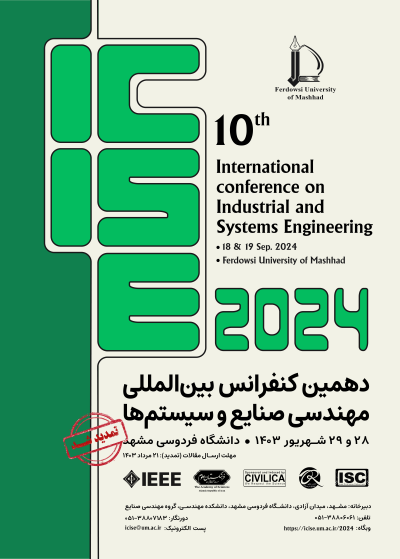0% Complete

نویسندگان :
کلمات کلیدی :
چکیده :
لیست مقالات بایگانی شده
Mohamadreza Jalilzadeh - Moslem Habibi
رامین تابان - عمران محمدی
شیما قربان زاده - حمیدرضا احدی
Alireza Dehghan - Moslem Habibi
صدیقه صادقی - رضا قنبری - خاطره قربانی مقدم
جواد پورحسین - رضا رنج کشان - رسول کشفی
فریبا علیزاده - نادر غفاری نسب
Seyed Omid Hasanpour Jesri - Pedram Ahmadian
Fatemeh Sogandi




